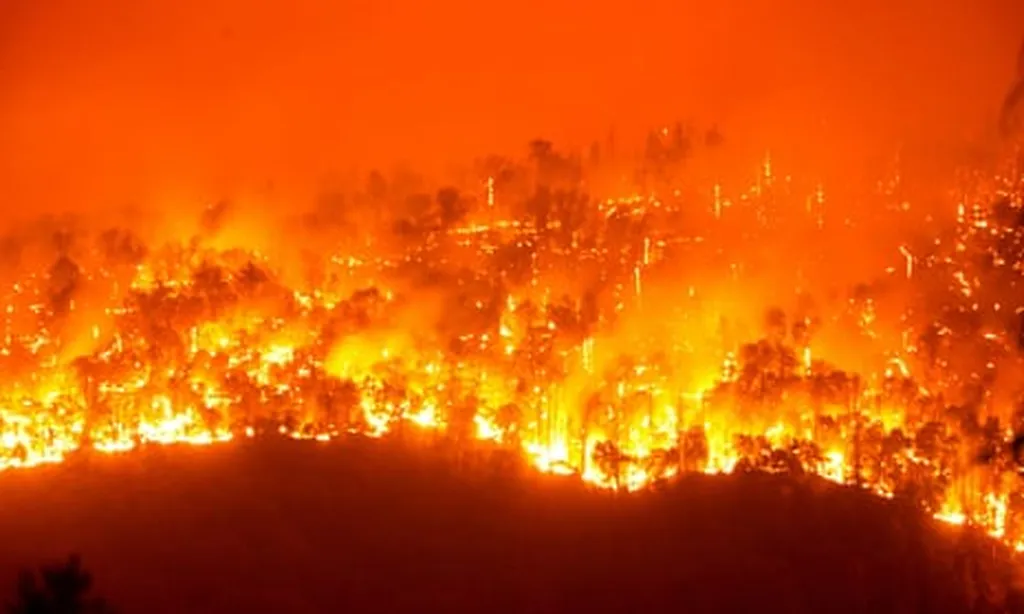Climate change is extending the wildfire season across North America, while a history of fire suppression has altered landscapes, leading to denser and more uniform forests that fuel larger, hotter wildfires. This shift has given rise to what some experts call the age of megafires. Forest ecologist Lori Daniels of the University of British Columbia has uncovered evidence in tree rings that suggests Indigenous peoples historically used fire to manage vast forest areas, maintaining a balance that is now disrupted.
Daniels’ research indicates that before European settlement, low-intensity surface fires were a regular occurrence in British Columbia’s forests, burning every five to 10 years in grasslands and open forests, and every 25 to 40 years at higher elevations. These fires were crucial for ecosystem functioning and were often started intentionally by Indigenous peoples for cultural and practical purposes. However, the arrival of European settlers and the implementation of fire suppression policies, such as the 1874 Bush Fire Act, led to a abrupt halt in these cultural fires. The consequences of this shift are evident in today’s forests, which are denser and more homogeneous, with a higher concentration of trees and a buildup of flammable fuel.
The implications for the agriculture sector and investors are significant. The increased frequency and intensity of wildfires pose a threat to agricultural lands, livestock, and rural communities. The economic costs of wildfires are substantial, including direct damages to crops and infrastructure, as well as indirect costs such as reduced property values and increased insurance premiums. Investors in agriculture and forestry must consider these risks and the potential for long-term impacts on productivity and profitability.
To mitigate these risks, Daniels and other ecologists advocate for a return to more beneficial fire management practices, such as prescribed burns and cultural burning. These practices can help break up dense forests, reduce fuel loads, and create firebreaks, ultimately preventing catastrophic wildfires. However, the idea of managing forests with prescribed burns is not without controversy. Some argue that treatments like selective logging and prescribed fire can dry the forest and make it more prone to burning. While this may be true in certain ecosystems, the benefits of prescribed burns in reducing the risk of megafires are widely recognized.
For the agriculture sector and investors, supporting and investing in sustainable forest management practices that incorporate prescribed burns and cultural burning can help mitigate wildfire risks. Additionally, investing in fire-resistant infrastructure, diversifying crops, and implementing early warning systems can enhance resilience to wildfires. Collaboration with Indigenous communities, who have a deep understanding of traditional fire management practices, can also provide valuable insights and contribute to more effective wildfire prevention strategies.
In conclusion, the changing wildfire landscape in North America presents both challenges and opportunities for the agriculture sector and investors. By adopting sustainable forest management practices and investing in resilience, stakeholders can help protect agricultural lands and communities from the growing threat of megafires.

